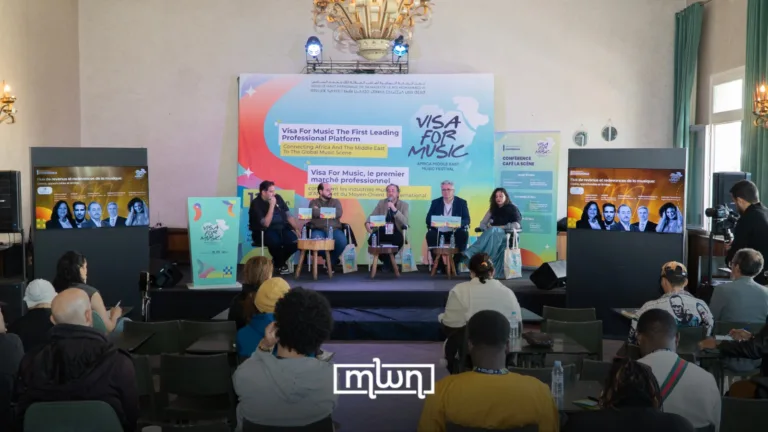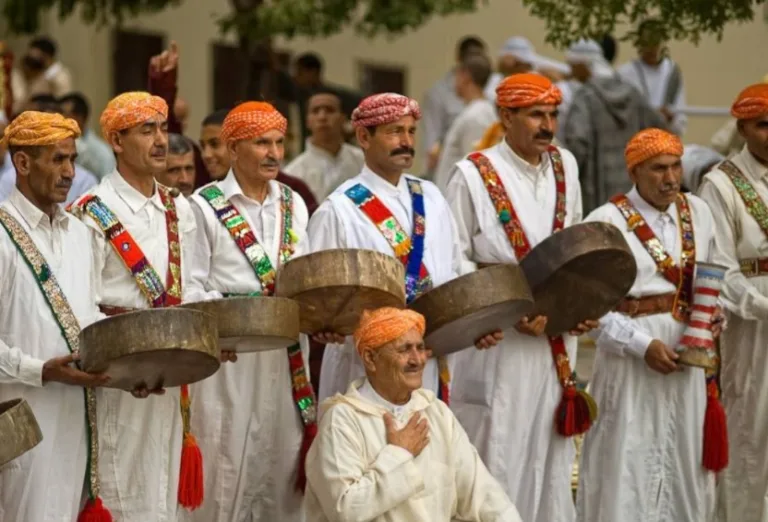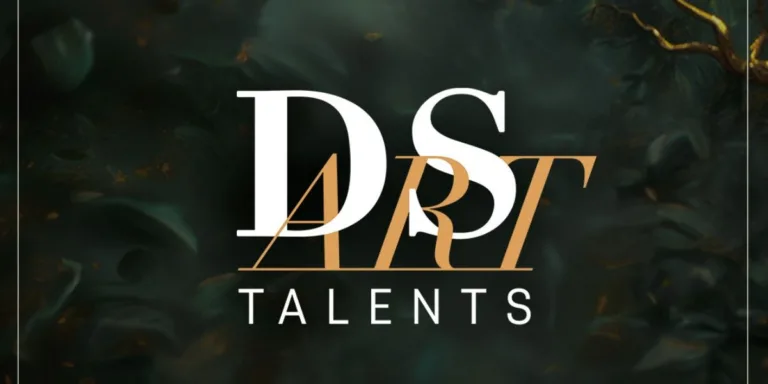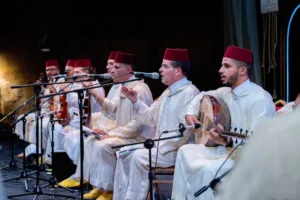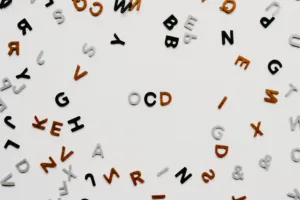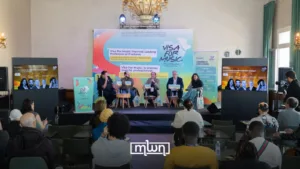Fez — Moroccan artist Mohamed Hamidi, a leading figure of the Casablanca School and a formative teacher for generations of painters, died early Monday at the age of 84.
His passing closes a seminal chapter in the country’s modern art story, one he helped write with bold ideas, public actions, and a lifelong belief that contemporary art could grow from local traditions.
Born in Casablanca in 1941, Hamidi studied at the city’s École des Beaux-Arts before continuing his training in Paris, where he earned a diploma in monumental art in 1964.
He returned home at a moment of effervescence in the late 1960s, when artists were questioning academic norms and searching for a visual language rooted in Moroccan life.
In 1969 he joined Farid Belkahia, Mohamed Melehi, and Mohamed Chabâa in the now-historic open-air exhibition on Marrakech’s Jemaa El Fna square, a radical gesture that took art out of galleries and into the street.
The action crystallized the ethos of what would be known as the Casablanca School: modern, public, and proudly local.
From 1967 to 1975, Hamidi taught at the École des Beaux-Arts of Casablanca, where he became an icon for young artists.
He also co-founded the Moroccan Association of Plastic Arts, advocating for artists’ visibility and professional recognition at home and abroad.
Colleagues remember a generous mentor who pushed students to look closely at their surroundings—architecture, textiles, signage—and then translate those forms into a contemporary vocabulary.
Hamidi’s own canvases distilled that approach. His work is marked by saturated palettes, rhythmic signs, and geometric structures that echo the warp and weft of traditional weaving.
Rather than quote folklore, he abstracted its energies: zigzags, bands, and soft, floating fields that suggest bodies and space without locking them into a single reading. The result was a language both formal and sensuous, unmistakably Moroccan yet conversant with global modernism.
His impact extended far beyond the studio. Hamidi exhibited widely in Morocco, Europe, and the Middle East, helping international audiences see Moroccan modern art as a living, experimental field.
In 2019, the Centre Pompidou acquired two key paintings—”Harmonie” (1971) and “Marie” (1972)—a milestone that affirmed his place in the broader history of contemporary art.
Funeral prayers are scheduled for Tuesday after Asr at Casablanca’s Errahma cemetery. As the art community mourns, Hamidi’s legacy endures on walls, in classrooms, and in the confidence of a generation that learned from him to look inward for art forms that speak to the world.


